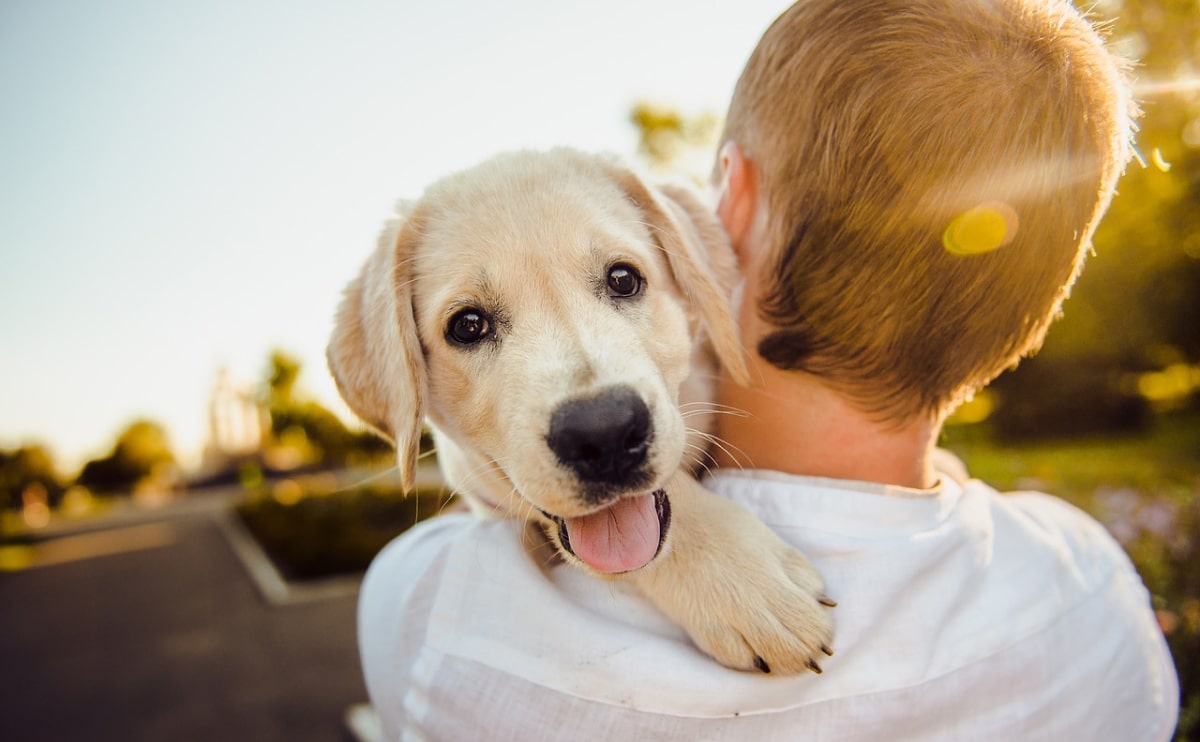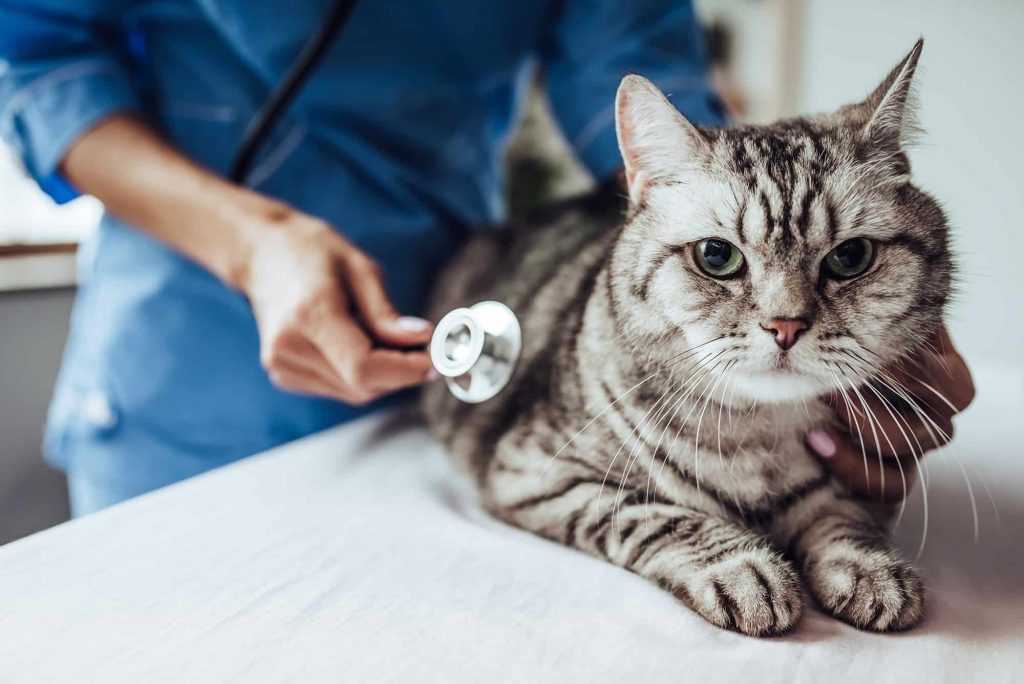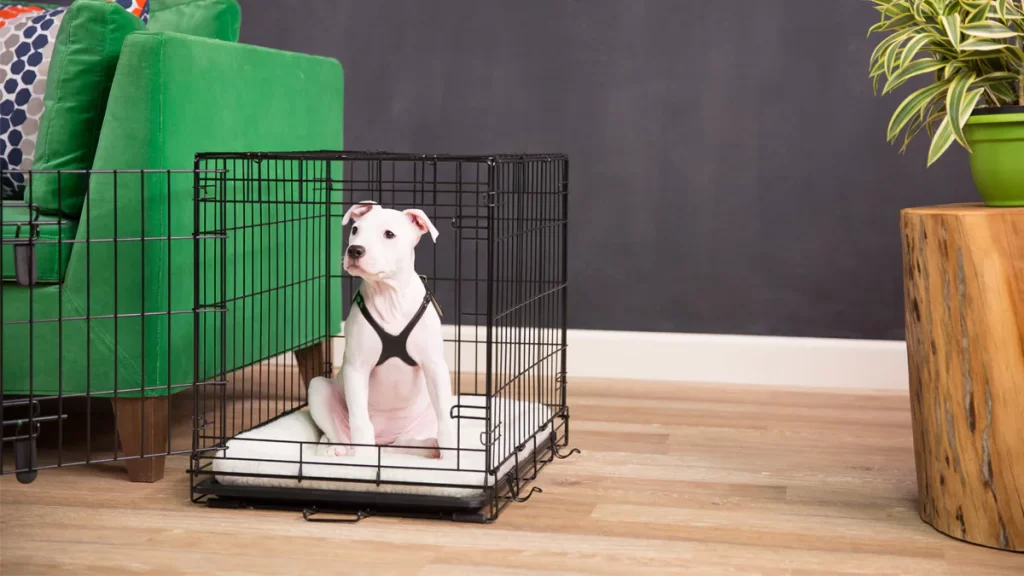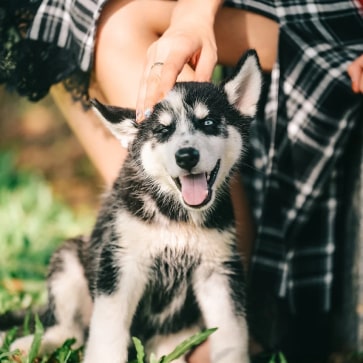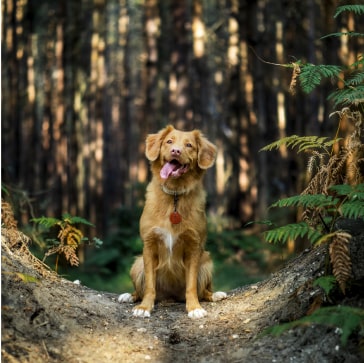Blog
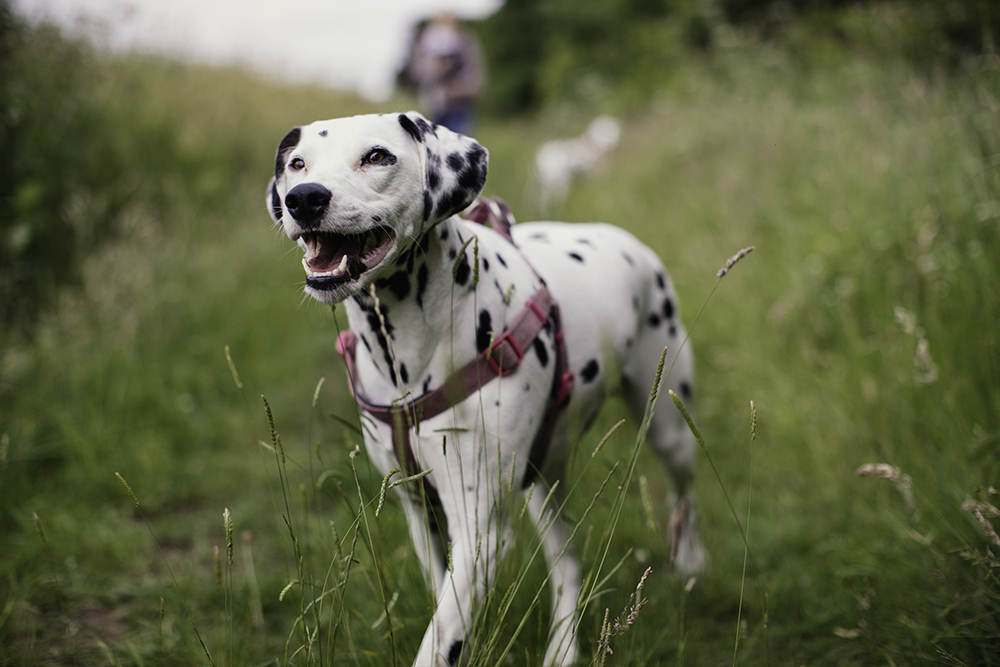
What Is the Best Way to Train a Deaf Dog? Recall or Come When You’re Called

To teach a deaf dog to recall (come when called), you must first catch the dog’s attention, which might be difficult with a hearing-impaired dog at times; however, this does not have to be the case.
When it comes to communicating, deaf dogs have shown us that spoken words and the capacity to hear aren’t required. Dogs, being great observers, may learn to read human body language in order to understand what we’re saying. After all, dogs don’t communicate with one another in the same manner that people do, instead relying on each other’s body language to “speak.”
Dogs can learn to associate our bodily cues with certain actions and quickly become attuned to them so that we can train them, just as they can learn to associate our bodily cues with certain actions and quickly become attuned to them when we are getting ready to leave the house by watching us put on our jackets or know when we are about to walk them by grabbing the leash from the closet.
Not to add that, thanks to technological advances, there are now a variety of fantastic devices that can be used to capture a dog’s attention and teach deaf dogs distance signals (commands).
There are various successful ways and tactics for teaching a deaf dog to recall, as well as critical management solutions for protecting your deaf dog from any hiding threats, listed below.
3 Foundational Exercises for Deaf Dog Recall Training
These are the “building blocks” for teaching your dog to pay attention to you and read your body language.
1. Check-Ins on a Discretionary Basis
Rewarding the dog for voluntary check-ins is a fantastic activity for deaf dogs (but also typical dogs that can hear well). If you have a fenced yard to practice in, this is a very simple skill to learn. Simply equip yourself with high-value goodies in a pocket or treat bag and take a stroll with your dog around the yard.
Your dog will most likely spend the first few minutes investigating the yard with his nose. When the novelty of being out in the yard wears off and everything has been examined, your dog may approach you to “check-in”; praise and encourage this behavior.
After some practice, you may see an increase in your dog “checking-in” with you, which is fantastic since it implies you are becoming more important to your dog than other stimuli in the yard.
Of course, your dog will still be drawn to the sights and scents of the yard, but the fact that you have now become part of the “stimulus package” gives you a significant advantage since you now have your dog’s attention, which is beneficial for bonding (which ultimately plays a fundamental role in recall-training).
Furthermore, by teaching the dog to check-in in reaction to particular environmental cues, the training of voluntary check-ins may be taken to the next level. A deaf dog, for example, may be taught to check in with the owner if he sees someone approaching the gate.
2. Targeting by Hand
There are numerous additional excellent training activities for deaf dogs in addition to voluntary check-ins. For example, teaching a deaf dog to target the owner’s hand when the arm is extended out in front (with a visible movement) might become a signal for the dog to approach and target the owner’s hand even from afar.
3. Maintaining Direct Eye Contact
With a deaf dog, teaching them to create eye contact by raising their hand towards their eyes might be beneficial. This “watch me” signal allows your dog to communicate with you by looking at you for guidance.
Deaf Dog Recall or Come When Called Training
The fundamental difference between teaching a deaf dog to recall and training a dog with normal hearing is that the deaf dog cannot depend on hearing its name. The deaf, who are unable to hear vital verbal signals such as “Harley, come!” cannot respond when called as they have been taught. Deaf dogs, on the other hand, need unique training as well as the use of special instruments or tactics to substitute the dog’s name.
Deaf dog owners may teach their dogs to come when called in a variety of methods. Some dog owners have had success pounding their feet on the floor at home. Deaf dogs will not be able to hear the sounds, but they will be able to feel the vibrations.
When deaf dogs are outside, they may get distracted and preoccupied with a variety of external sights and odors, making things difficult. Deaf dogs benefit greatly from flashlights, although they might be difficult to use during the day. Turning on an exterior light at night may be used as a signal for the dog to approach. During the day, owners of deaf dogs may utilize hand signals or a vibration collar to communicate with their pets.
Whatever equipment or approach you select, one thing is certain: your dog will need to be taught to react to it. This is accomplished by first forming pleasant associations at close ranges and in regions with little distractions. The usage of food is an excellent and quick technique to generate good connections.
For example, if you stomp your feet and the dog turns his head in your direction, you may throw a treat to your dog to reward the head-turning. After numerous repetitions, the dog will learn that the vibrations generated by stomping the feet lead to food, and he will grow more attentive to this, to the point where you can teach your dog to come to you from across the room to be hand-fed a treat.
Hand signals are the same way. When your dog is close and you are in a room with few distractions, make a hand movement to indicate the dog to come. You may need to make a motion with your arms to grab your dog’s peripheral vision (some dog owners use bandanas tied to their wrists to capture their attention). Feed your dog two to three little goodies in a succession once he or she has reached you.
Petstup is an official seller of the many well-known pets brands, focused on improving the lives of pets, pet parents and our partners. We proudly offer a large variety of pet nutrition products and supplies competitively priced for dogs, cats, reptiles, fish, birds and small animals. Petstup is your one stop shop for all your pet’s needs. All our products are authentic, and pass all mandatory United States standards and veterinary practices. We run several warehouses across the United States to serve you better and faster.








